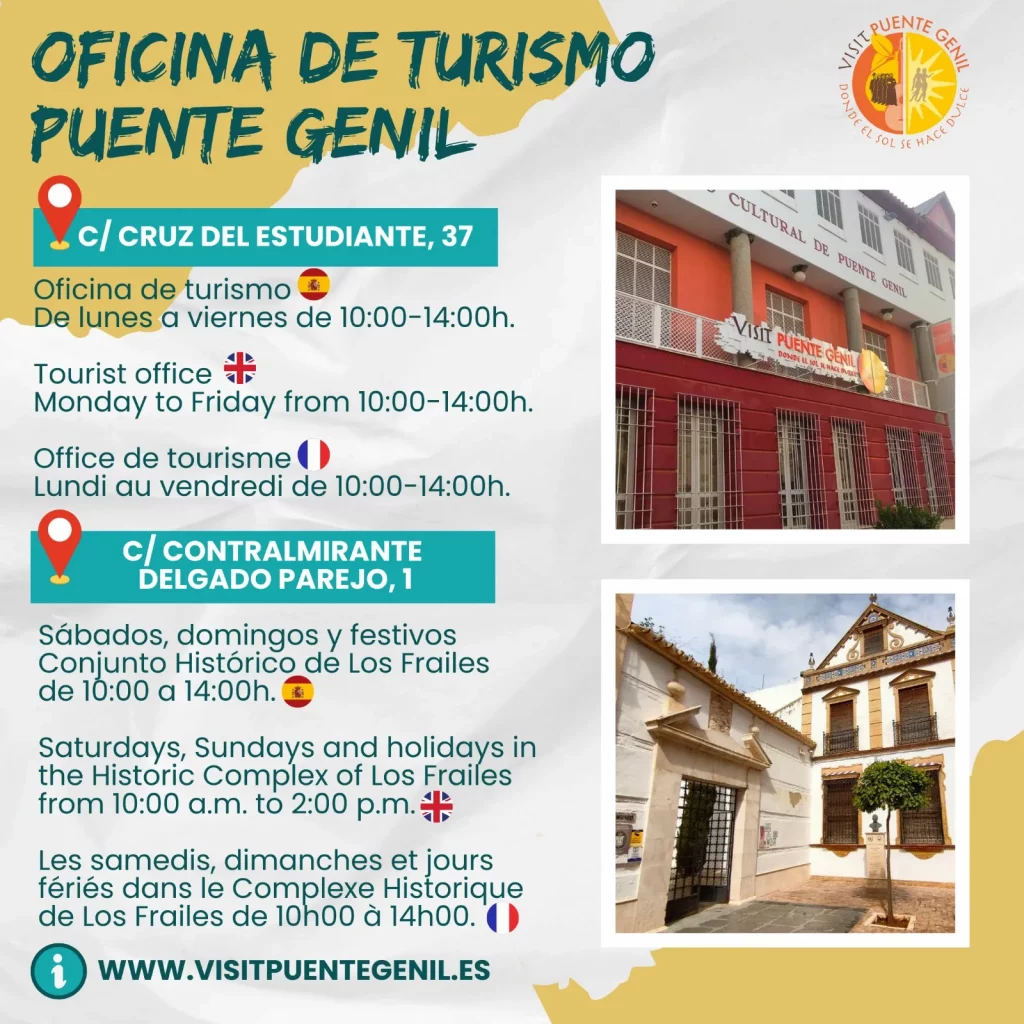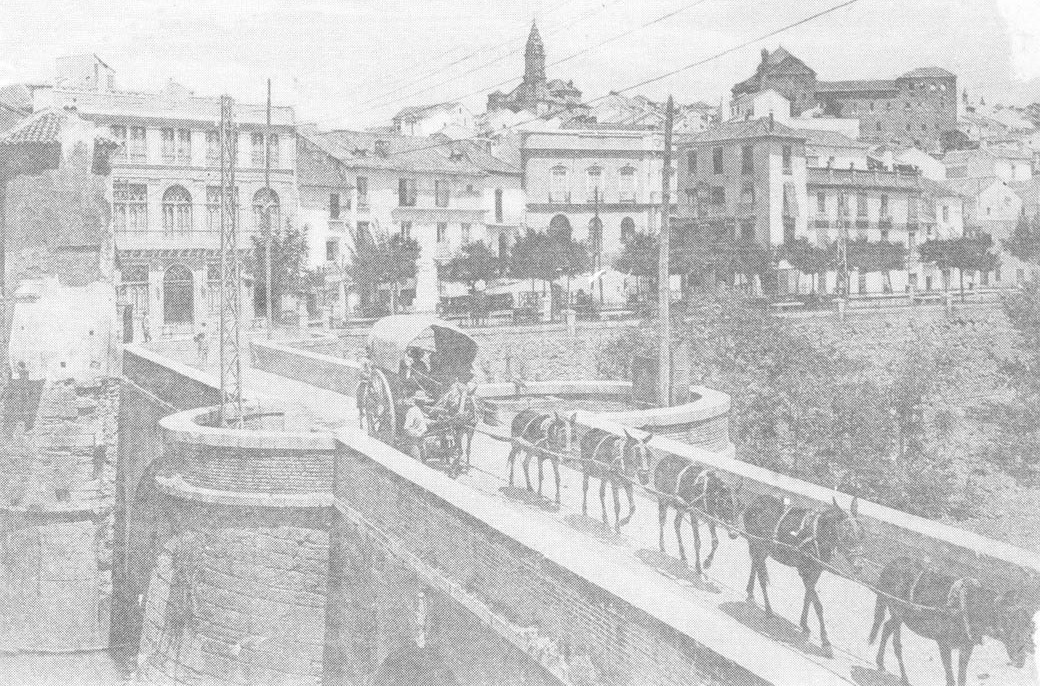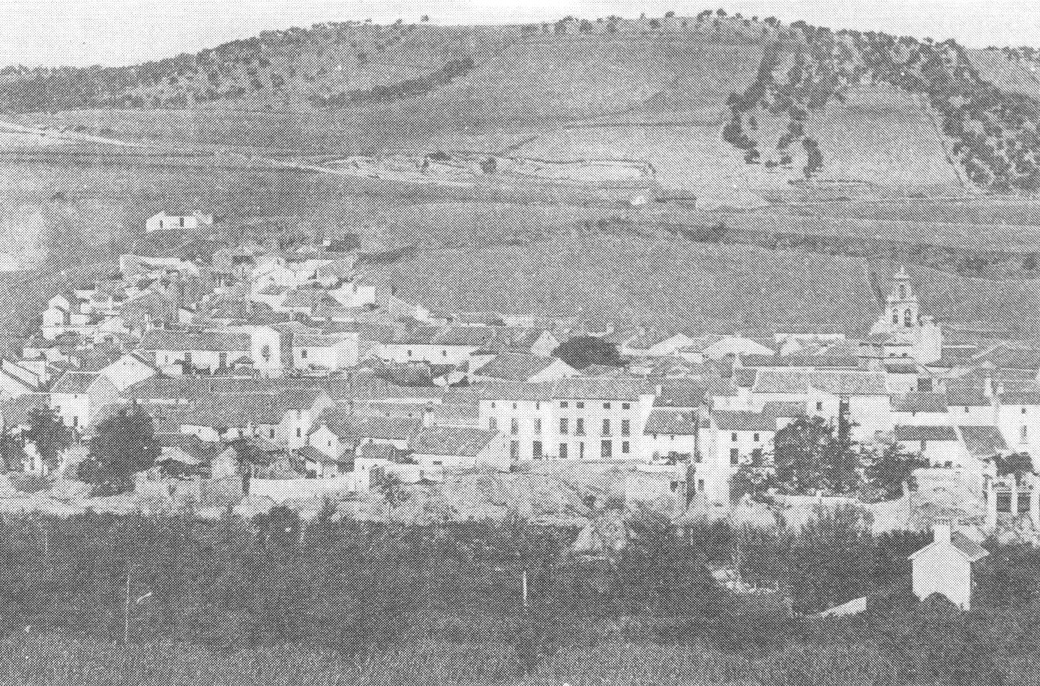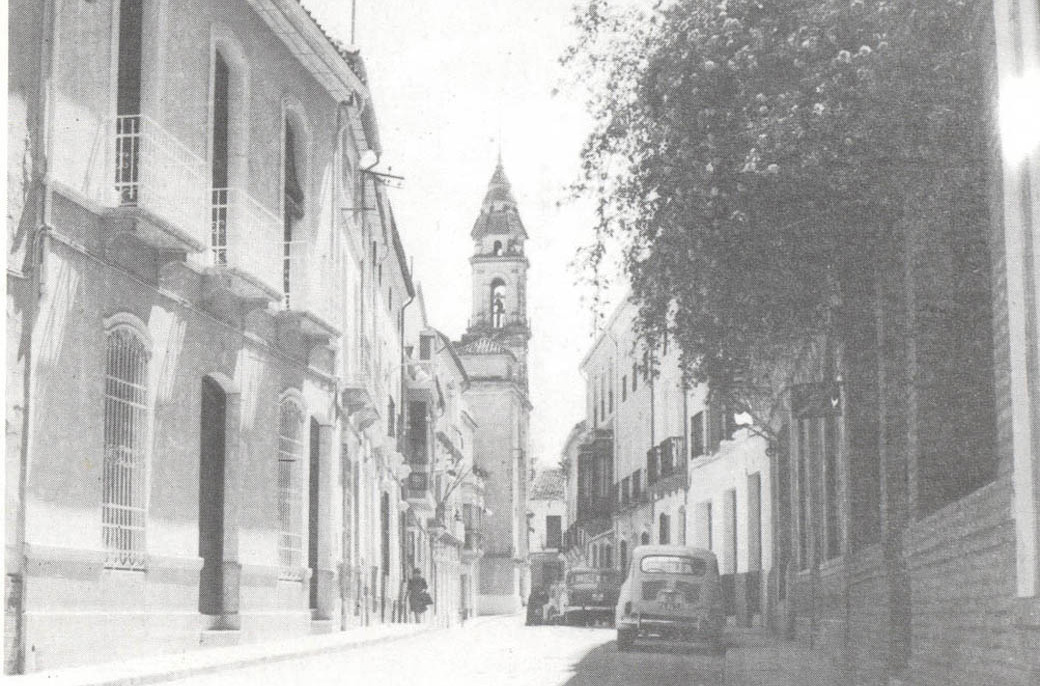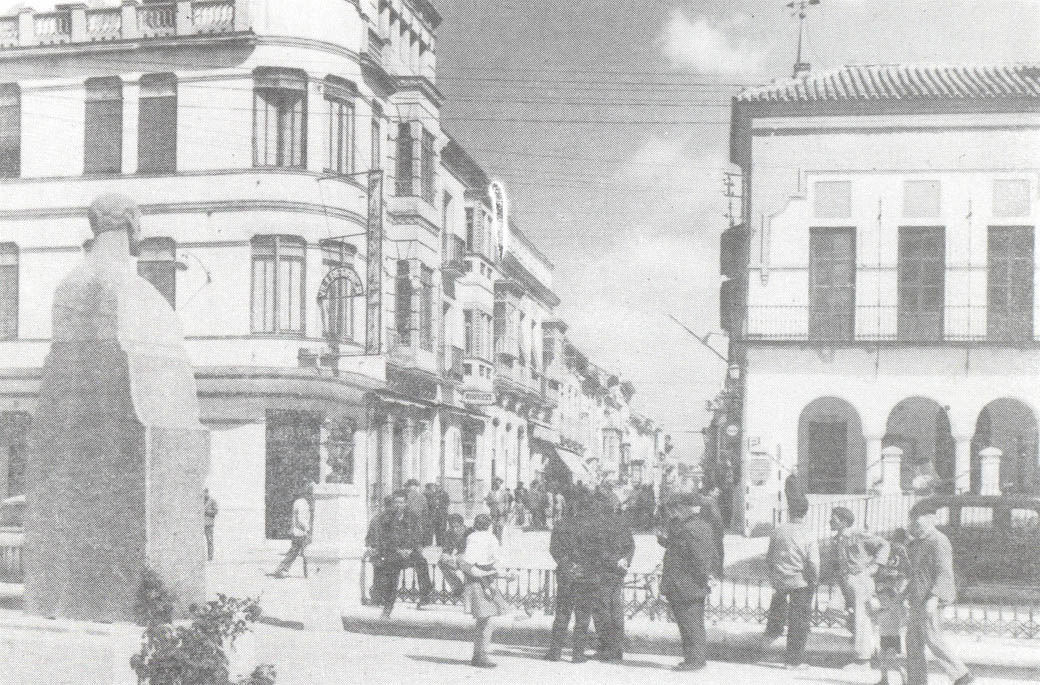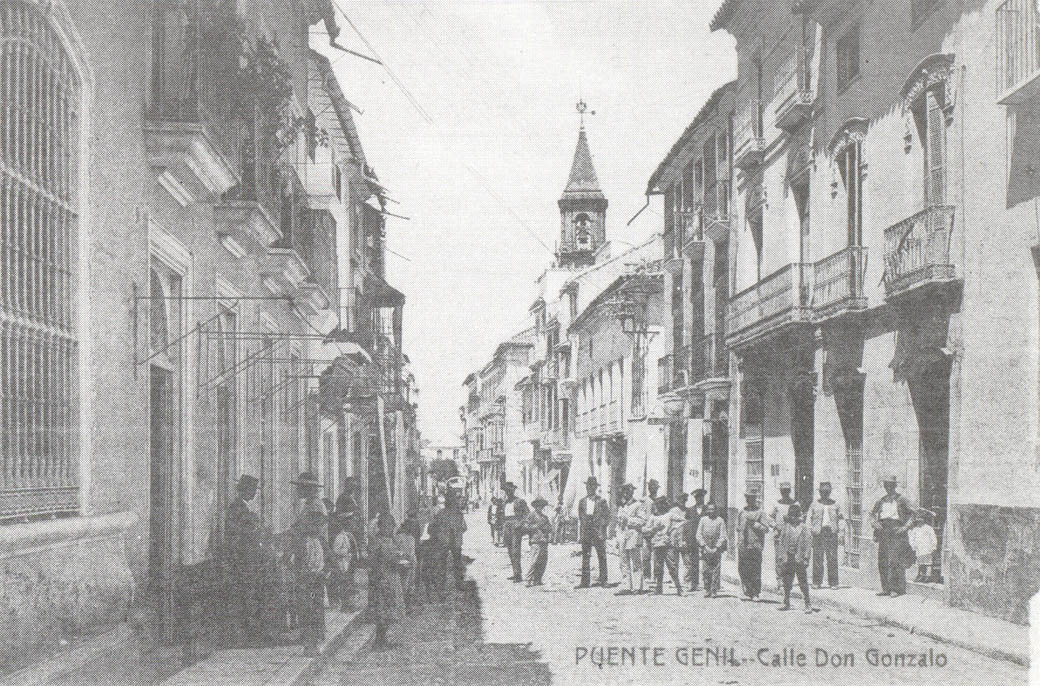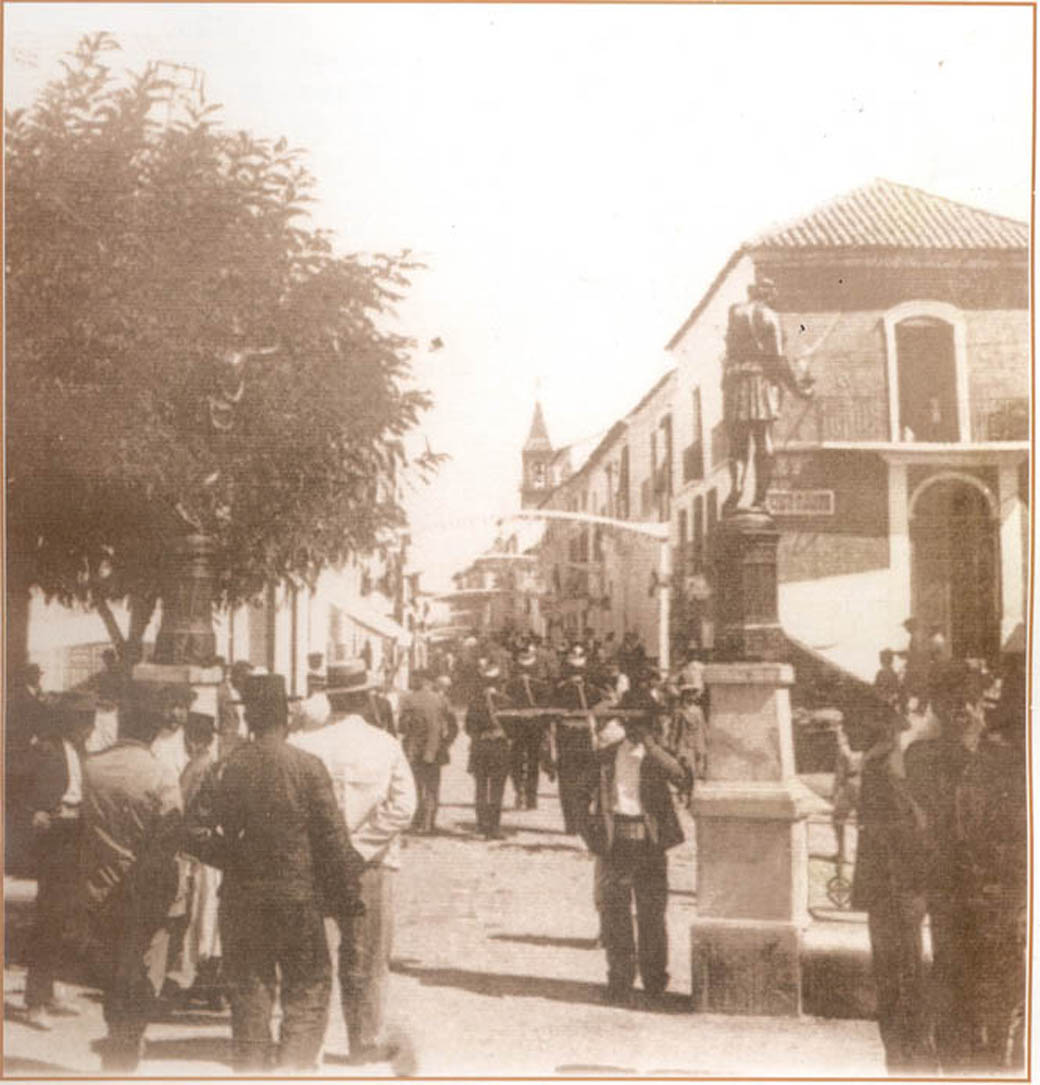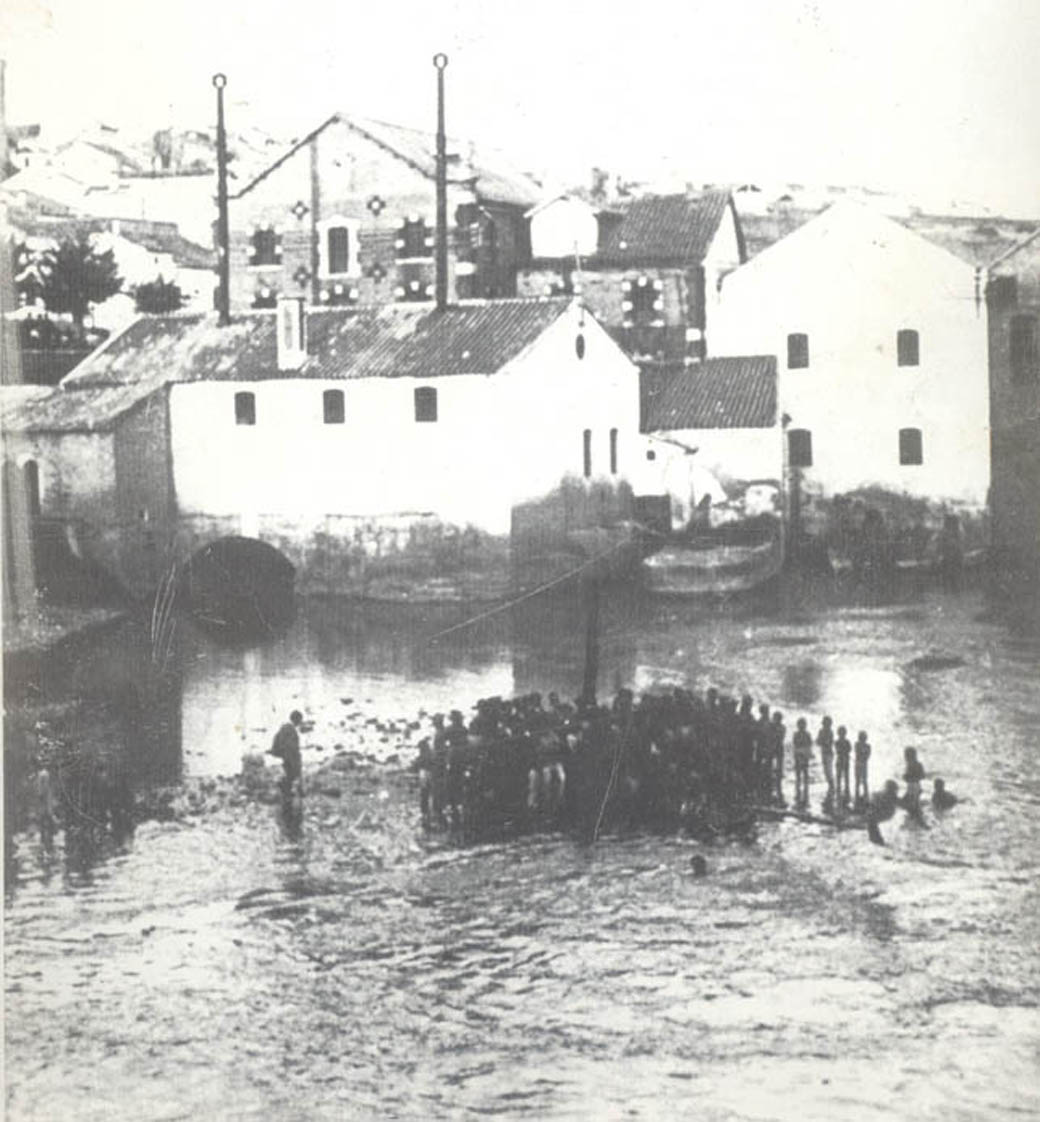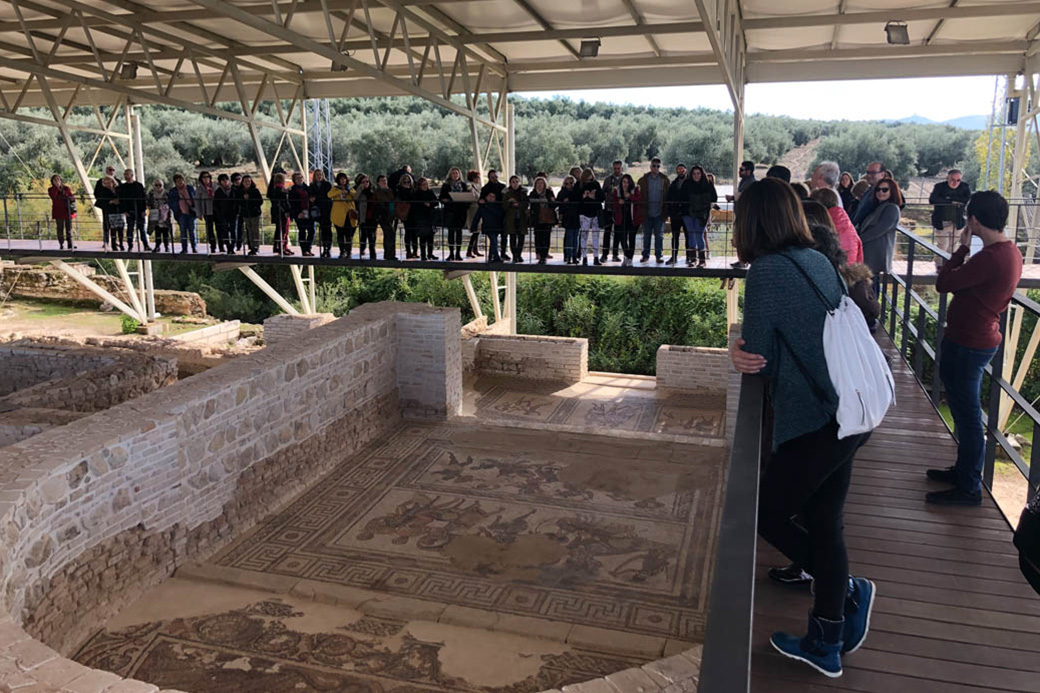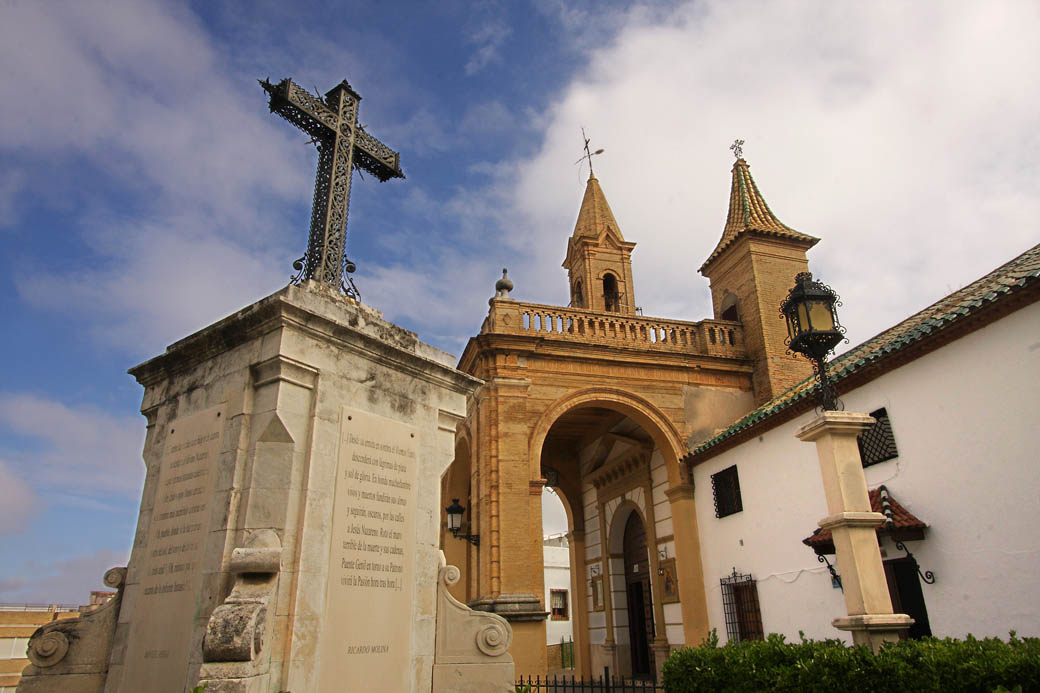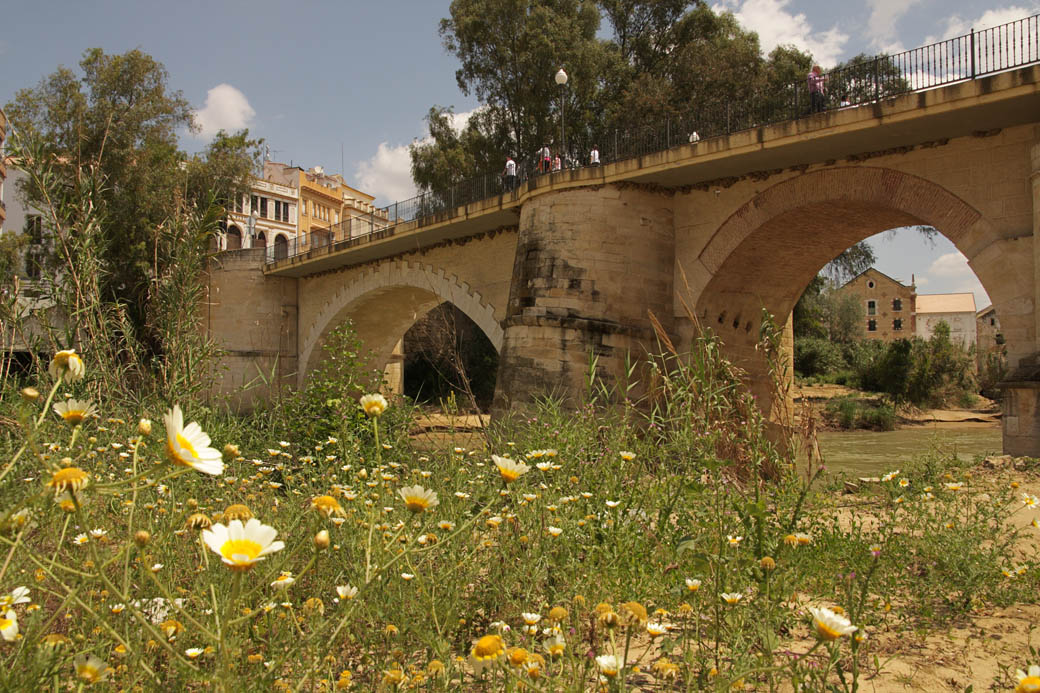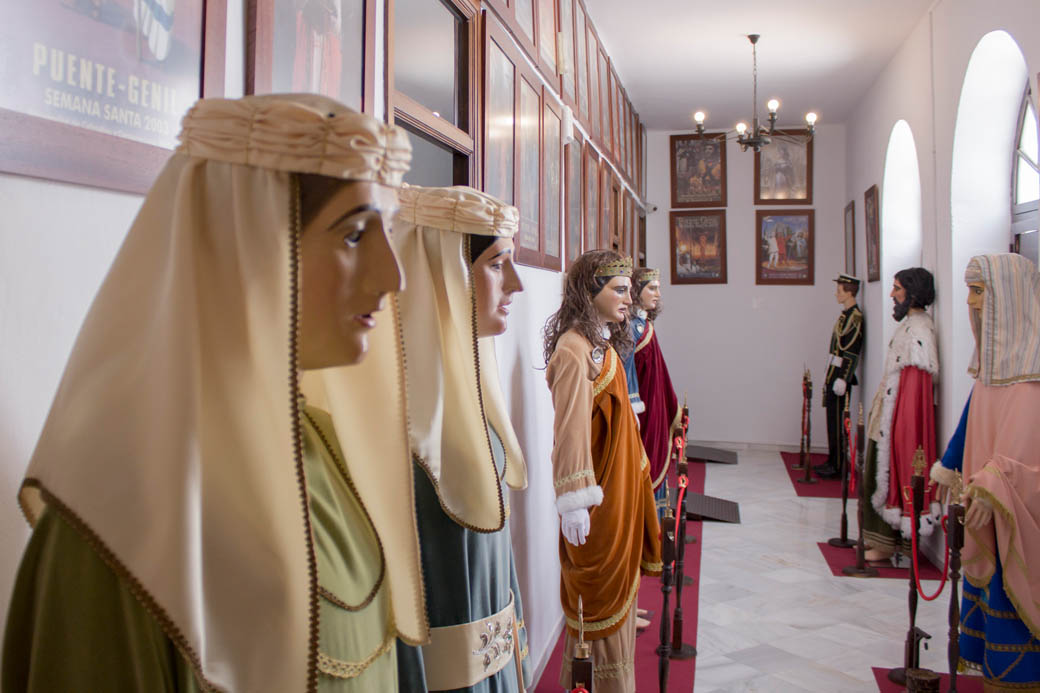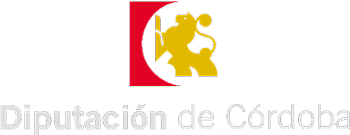Our history
Puente Genil would not be understood without the river that gives it its name and which, since ancient times, has had a clear influence on the whole territory. The Local Historical Museum houses findings dating back to the Lower Palaeolithic. Different archaeological sites are scattered throughout the municipality, such as Roman Villa of Fuente Álamo, which dates from the first to the tenth century AD.
In the Local Museum we can also contemplate other materials and objects that go from the Prehistory to the Middle Ages, standing out the Romans from Fuente Álamo, the Hispano-Visigoths from the necropolis of Los Castellares and the Arabs from Castillo Anzur, an Arab watchtower from the 10th century that dominates the city and its surroundings and from which on clear days you can see Sierra Nevada.
Since the time of the Reconquest – the first foundation of the town dates from the 13th century and is related to the conquest of Cordoba by the troops of King Ferdinand III, the Saint – this town of people open to the banks of the Genil, from which it receives its name.
The incipient foundation was destroyed by the continuous attacks of the Nasrid Muslims of Granada. It will be from the year 1482 with the visit of the King Fernando the Catholic on the occasion of the aid that was taking to the Villa of Alhama, besieged by the Moors, when the place begins to be populated again. In memory of its first founder D. Gonzalo Yañez Dovinal it will be called Pontón of Don Gonzalo.
The 16th century will be the key period for the definitive repopulation and in which the entire old town is configured. In the year 1526 the first book of agreements of the Cabildo was started and a few years before that the first parish book of seats of Our Lady of Purification. In 1563, the Corpus Christi Processional Custody is dated, a gift from the Marquises of Priego, lords of the village of Don Gonzalo Bridge and patrons of its main parish. Around 1600, the town of Miragenil began to be populated, with an inn and chapel and a church on the other side of the river.
The important unifying element is the bridge, built on a wading site that had been used since ancient times, a symbol of the union between two banks that were once in different provinces: the right bank in Cordoba, known as the Pontón de Don Gonzalo, under the Marquisate of Priego; the left bank in Seville, Miragenil, belonging to the Marquisate of Estepa. It had to be a queen, the regent Maria Cristina, mother of Isabel II, who arranged for the union of the two shores by Royal Decree in 1834, after several failed attempts at agreement.
Puente Genil has interesting architectural works, especially of a religious nature, most of which were built during the 17th and 18th centuries. Although perhaps the most significant for its symbolism, is the bridge over the River Genil. Its first building as a stone bridge dates from 1561. It was built by Hernán Ruiz II to replace the old wooden pontoon. The two twin arches were a later work, made in 1703. And the original flying brick arch was designed by French architect Leopold Lemonier in 1874.
During the great epidemic of the year 1650, there was a great mortality that reduced the population considerably. As a result, the people addressed their prayers to the Immaculate Conception and named her the Patron Saint of the town.
In 1865 the Puente Genil railway station was opened, a railway line that would cover the Córdoba-Málaga route. This was the beginning of a commercialisation and industrialisation, key to the subsequent development of Puente Genil.
It is the 19th century, especially the last third, which will see its great expansion boosted by the railway and by the initiative of the great men of Ponta who founded important companies: La Casualidad, La Alianza, La Aurora, la Nueva España or the industrial complex of El Carmen, today converted into a magnificent four-star hotel, are some of the examples of industrial archaeology that we can admire.
Another decisive factor for industrialization was the installation of the electric light, thanks to the work of an exceptional man, Ricardo Moreno, who took advantage of the driving force of the river to start up a turbine. Puente Genil was the first village in Andalusia to have electricity and the second in Spain, after Barcelona. The inauguration took place on 11 August 1889 and was widely reported in the press of the time.
Culture was no stranger to this economic revival, renowned poets and politicians such as Manuel Reina, as well as an innovative businessman, senator of the Kingdom, and a precursor as a poet of the modernist movement. Rodolfo Gil, journalist and writer, and already in the 20th century Juan Rejano and Ricardo Molina.
